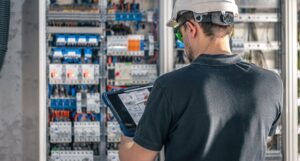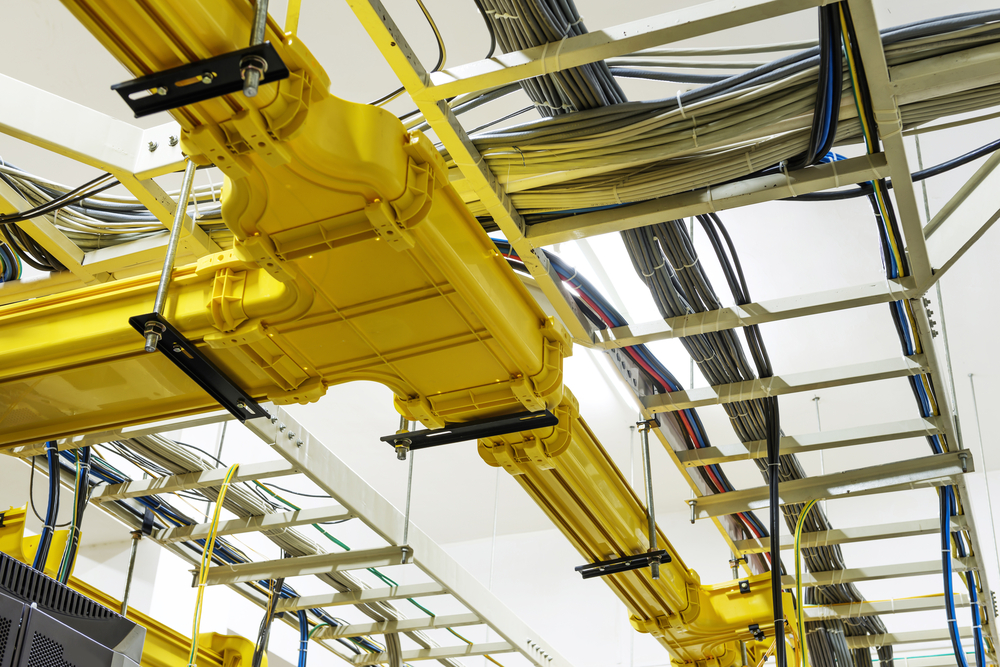Greener data centers are achievable and 10 simple steps can help you on your way to a smaller environmental impact, lower energy consumption and becoming a breath of fresh air in your community
1. Evaluate your energy efficiency.
Add up your energy bills, learn where your energy comes from, and how it’s being distributed in your company. Plan a road map for monitoring and reducing usage. Your initial evaluation can provide a baseline for calculating your ROI after implementing changes.
2. Redesign your cooling system.
Enclose your servers in hot aisles so you can concentrate your cooling directly onto the racks. Be sure to reduce airflow loss by sealing off holes in your walls, floors and ceilings, and make sure you have proper air ducts.
3. Reconsider your redundancy.
Many companies invest in redundant cooling and heating systems that use double the amount of power they usually need — for each kilowatt of energy needed, redundant circuits use two. This helps prepare systems for growth and times of peak performance, but the result is a maximum power flow where only a fraction of that power is put to use. This practice is inefficient and inflates your energy bills. Cut back your redundancy wherever possible, to operate based on your current needs rather than projecting your future needs.
4. Use adjustable equipment.
You can also plan for growth and times of peak power needs by implementing scalable and modular systems. Scalable blade servers can concentrate more computing power in a smaller space, requiring less power to cool. Also any scalable system will let you operate at your minimum power requirements and give you the capacity to grow into higher power consumption when you’re ready.
5. Virtualize your storage.
Most servers are underused, because they’re loaded with archaic information or software that’s only needed some of the time. With storage virtualization software or a device, you can make your applications mobile and thereby shutdown unneeded servers. The virtualization device will keep track of your server space and remap applications to different physical locations as necessary to achieve optimal efficiency. Thus, information can be made location independent and redirected across multiple I/O devices from different vendors.
6. Use Energy Star-rated appliances.
Although the EPA hasn’t yet released Energy Star standards for data servers, you can purchase other appliances, such as cooling systems, that do meet current standards. Keep an eye on the industry — new star ratings are due for desktop computers in July, and the EPA may also enforce star ratings for data center appliances sometime in the next year.
7. Donate or recycle legacy servers.
Archaic systems are less efficient than new ones, so you can save money by buying new systems and decommissioning old ones. However, because servers contain huge amount of toxic waste, never throw a machine in the trash. Many nonprofit or educational organizations can make use of old servers. There are also many vendors who handle computer equipment recycling, who can strip the machines of useful parts and properly dispose of the toxic remains.
8. Look outside the datacenter.
Your company can cut costs outside its server rooms, for example by using earth-friendly construction materials such as low-emission carpets and paints and non-toxic insulation; creating skylights, windows and other natural lighting sources; and by landscaping with native and drought-tolerant plants that require less water consumption and support the local ecosystem.
9. Research alternative power sources.
The best way to stay clean is to find alternative energy that works for you. Photovoltaic systems are popular — solar panels on your roof are a simple step and will reduce your dependence on the power grid. Other options include wind energy, heat pumps, and evaporative cooling can lower your cost and significantly reduce your company’s environmental footprint.
10. Get your management involved.
To fully embrace changes in the datacenter, you need to get the buy-in from your upper management. You can get them fired up about being an eco-friendly company by brainstorming earth-friendly ideas that will help everyone in the company, such as using hybrid or electric company vehicles or starting a commuter shuttle for your employees. Once they’re interested, you can easily bring up the green question whenever you discuss the growth of your data center.










